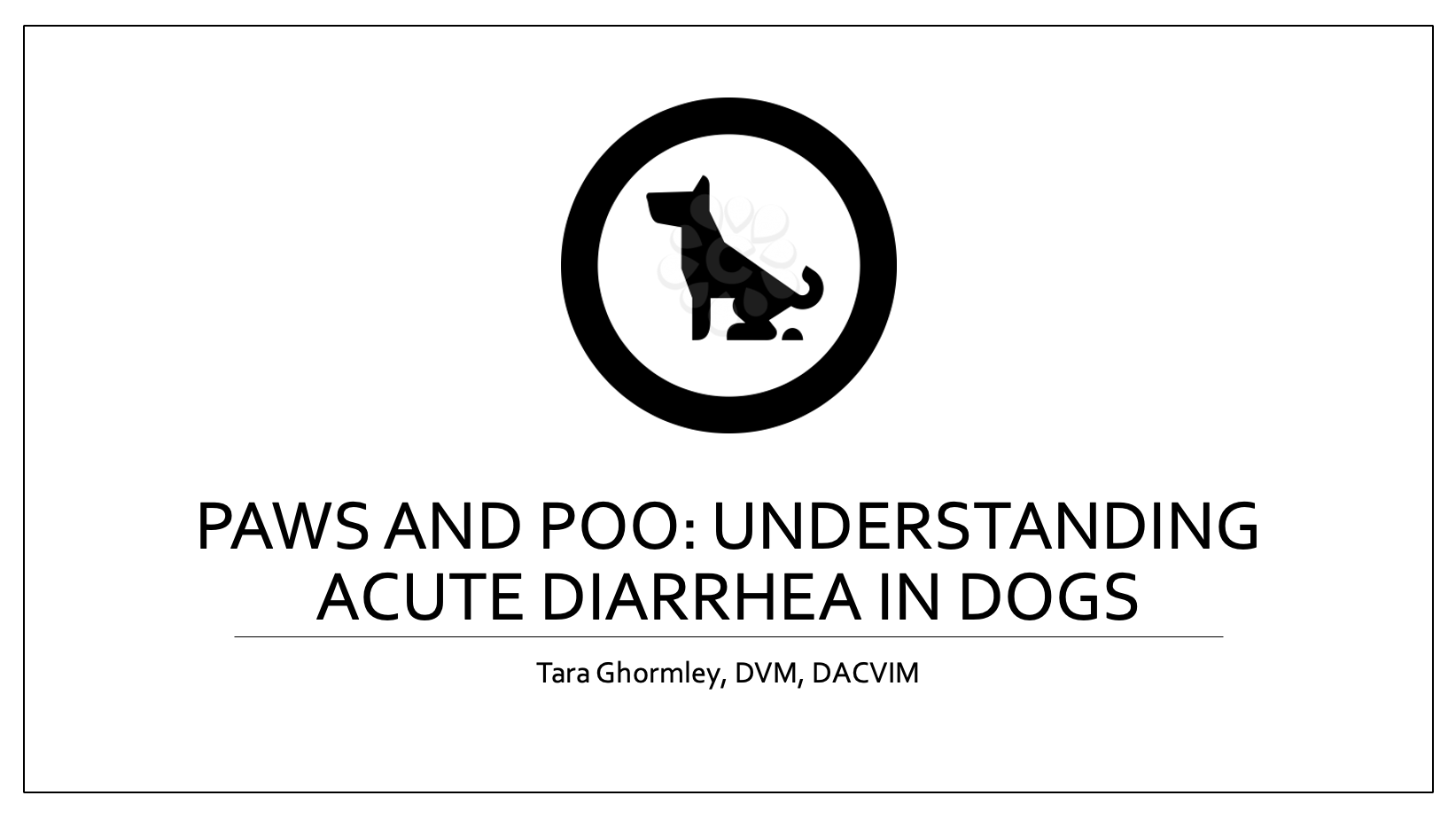
Canine Chronic Enteropathy: Diagnosis, Treatment, and Long-Term Management
Chronic vomiting, diarrhea, or weight loss that lingers beyond three weeks is more than an inconvenience—it’s a clinical puzzle that often points toward chronic inflammatory enteropathy (CIE). For veterinarians, these cases can be some of the most challenging and frustrating, demanding a thorough diagnostic approach, careful classification, and long-term management strategies that balance client expectations with evidence-based medicine.
In this article, Dr. Tara Ghormley, DACVIM, explores the spectrum of CIE—why it happens, how to classify it by response to therapy, and what tools we have to guide treatment. From dietary trials and biotic therapies to immunosuppressants and management of protein-losing enteropathy, this piece provides a practical roadmap for navigating one of the most common yet complex GI disorders in dogs.

A Clinical Guide to Polyuria and Polydipsia in Cats
When a cat suddenly starts drinking more and filling the litter box faster than usual, it’s more than a minor change in habit—it’s a clinical red flag. Polyuria (PU) and polydipsia (PD) often signal that the kidneys, endocrine system, or other mechanisms of water balance aren’t functioning properly. While clients may notice “going more often,” it’s up to us as veterinarians to distinguish true PU/PD from lower urinary tract issues and then build a systematic diagnostic plan. In our latest article, we break down the physiology behind water balance, the most common underlying diseases—like CKD, diabetes mellitus, and hyperthyroidism—and the key questions to ask when faced with these cases.

Paws and Poo: Understanding Acute Diarrhea in Dogs
As veterinarians, we know that when a client calls about their dog suddenly having diarrhea, it’s often dismissed as “just something they ate.” But acute diarrhea is more than a nuisance—it’s one of the most common reasons for veterinary visits and can signal anything from a self-limiting dietary indiscretion to a life-threatening illness. Understanding the normal physiology of the gastrointestinal tract, the role of the microbiome, and the mechanisms that drive fluid loss gives us the tools to decide when to reassure clients, when to support, and when to intervene. This article breaks down the science, the clinical presentations, and the treatment strategies that help us balance evidence-based medicine with client expectations.

